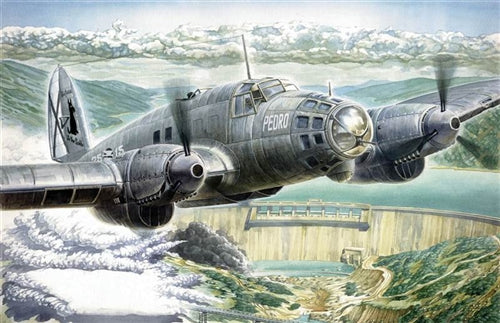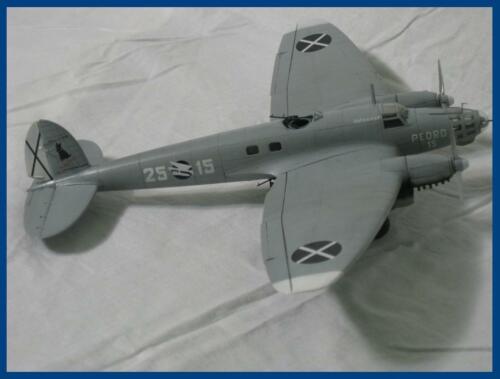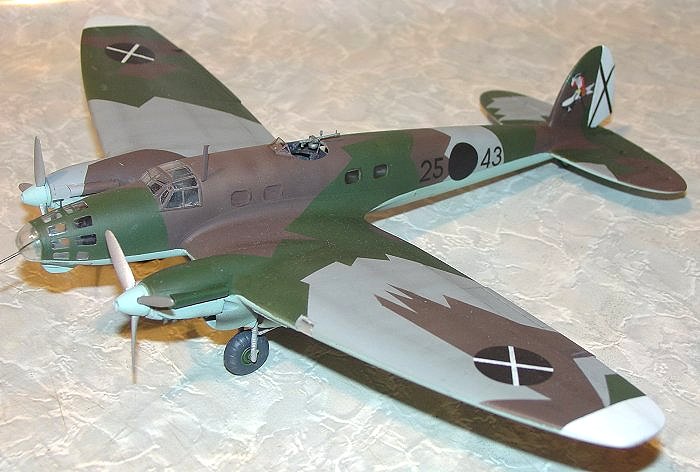Roden 1/72 Heinkel He 111B Pedro 1937/38 Spanish Civil War ROD005
Roden 1/72 Heinkel He 111B Pedro 1937/38 Spanish Civil War ROD005 will be backordered from our supplier. Delivery will take between 3-5 working days & orders will be despatched once completed.
Sign up to be the first to know when this product is back in stock!
Description
Description
The RLM immediately ordered the first production batch; the first production samples being delivered to KG 154 "Boelcke". At the same time, in August of 1936, the Spanish Civil War began. The Republican Government received military help from the Soviet Union, Germany, and Italy, together they gave support to general Franko and his rebels. The Aviation part of this support consisted of a special group named the "Legion Condor". At first, the "Legion Condor" received only Ju 52 transport planes; because Germany declared that its support would be non-military in nature. But during this time the republicans had obtained new soviet-built bombers, which they called "Katyushka" (well known as the Tupolev SB), and Hermann Goring insisted on testing one of the new German bombers in real war conditions. The Spanish Civil War was an excellent occasion for trials concerning the new-generation of planes; the He 111B,Do 17E, and Ju 86D.
During February of 1937 the first four He 111B-1's as well as the Do 17E and Ju 86D arrived from Hamburg. These bombers made up the " Versuchsbomberstaffel" (Experimental Bomber squadron) and operated in the K/88 bomb group. In a short time the He 111B had won a reputation as the "Best of the bombers", and was separated and put into an individual sub-flight with the semi-official name "Pedro". This name would have all the planes together with individual aircraft numbers.
In March 1937 the "Pedro's" achieved their first success in battle, when attacking a Republican airfield near Alcals de Henares. The group destroyed 24 enemy planes on the ground. Later the "Pedro's" took part in the famous raid on Guernica, which came into history as a symbol of brutality and cruelty, more than 1,500 civilians were killed.
The He 111B served in the "Legion Condor" until mid 1938, when they were re-equipped with the more modern He 111E. The majority of the He 111B's were lost in action; others were withdrawn from service in connection with a considerable amount of damage.
The bloody experience of the Spanish War confirmed that the He 111 would have a potential for large battle campaigns. Massive serial production started in the Dornierwerke (at Wismar), Arado Flugzlugwerke (at Babelsberg), and Algemeine Transportgesell-shaft (in Leipzig); besides, the new Heinkel plant was quickly built at Oranienburg (near North Berlin). Less than a year later, weekly production of He 111 would be 100 aircraft. From the first days of World War II until the end, the He 111 would be the main Luftwaffe medium bomber. History courtesy of the instructions.
Specifications
Specifications
Payment & Security
Payment methods
Your payment information is processed securely. We do not store credit card details nor have access to your credit card information.






